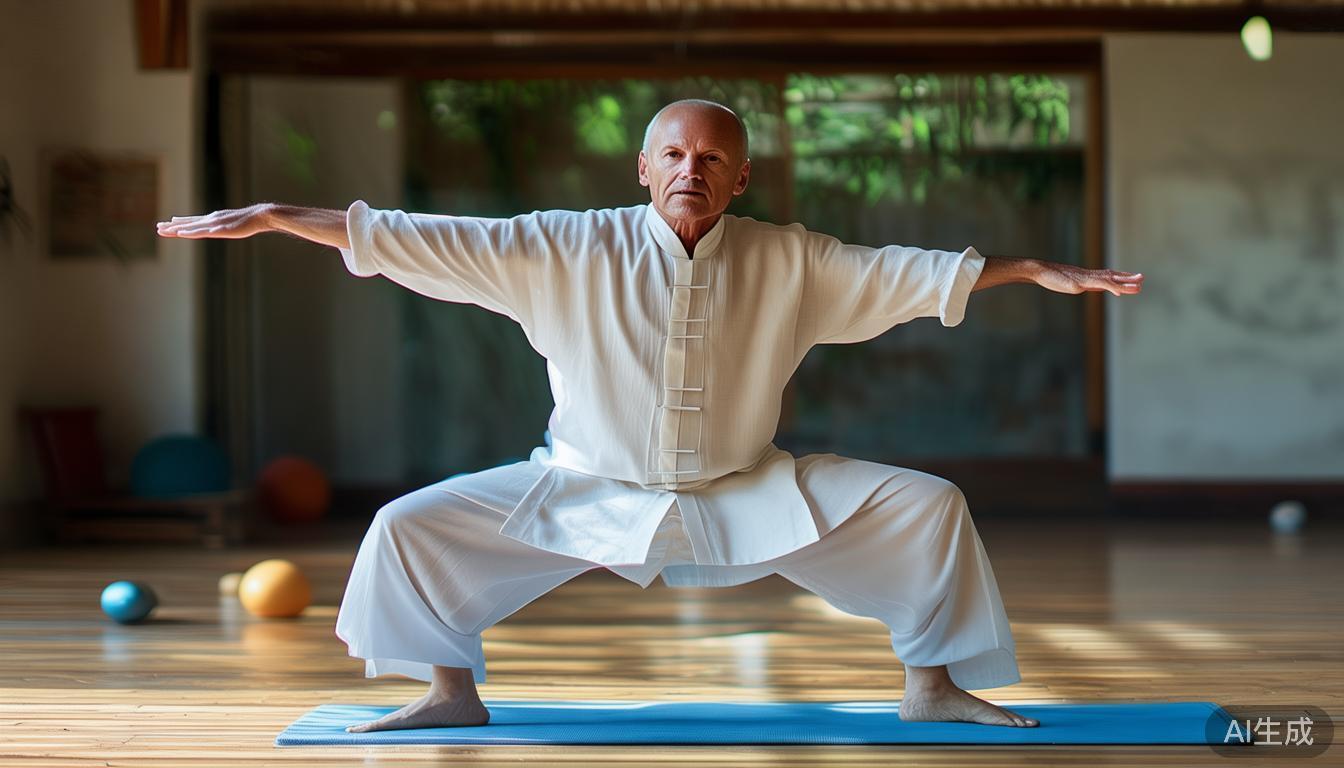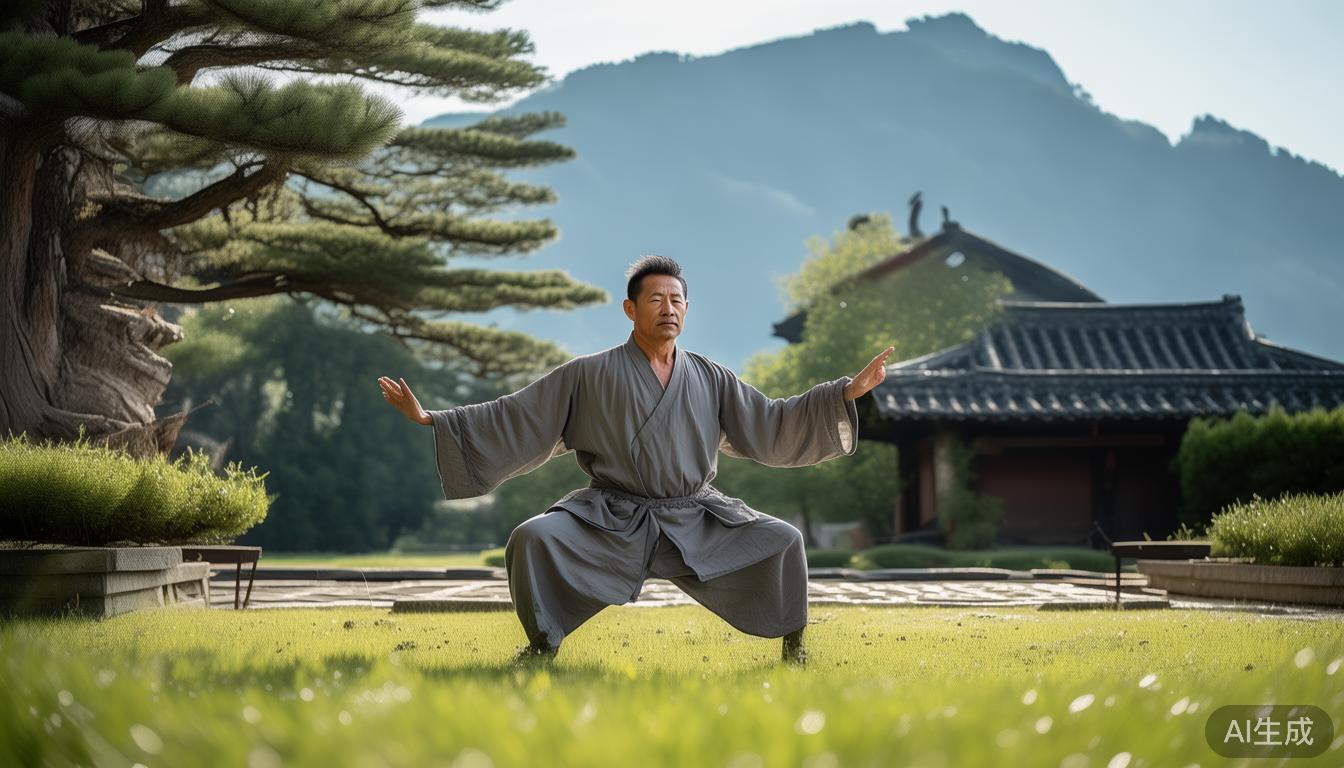After many long years, I have witnessed a large number of people who have reduced their quality of life due to chronic pain, and I have also seen them slowly recover their body's comfort and internal balance through continuous practice of Tai Chi. Tai Chi is not a painkiller with magical effects, but a form of movement that develops on the body by relying on the internal mechanism that regulates the body to relieve the gentle nature of pain relief. It combines slow, smooth and uninterrupted movements, deep and even breathing, and inner concentration together. Parkinson Tai Chi can help reduce the pain in many aspects, especially for chronic diseases such as joint pain, back problems, and fibromyalgia.
How Tai Chi relieves joint pain
The slow and round movements of Tai Chi that can gently move all joints of the body can enhance the strength of the surrounding muscles at the same time. When the joints are moving slowly in the all direction, the secretion of synovial fluid will increase, which is particularly useful for lubrication of the joints and reducing the pain caused. Especially for patients with knee arthritis, Tai Chi And Arthritis , the virtual and real footwork and center of gravity transfer that exist in Tai Chi can effectively strengthen the thigh muscles to provide better support to the knee joints. I have a student who had almost given up walking because of an inflammation in my knee. After three months of regular practice, she can now easily complete a walking activity with a duration of up to half an hour.

The effect of Tai Chi to improve back pain
Due to the weak core muscles and poor posture problems, many back conditions have been raised. Tai Chi requires practitioners to keep their spine in a central state. At the same time, they also need to be equipped with abdominal breathing, so that they can effectively strengthen the core muscles. Movements such as cloud hands and single whip require stable rotation of the torso. With the help of such movements, the endurance performance of the muscles in the deep back is gradually enhanced. What I really noticed is that the pain in the back of this group of students who continue to do this type of exercise not only gradually to relieve the situation, but also observed that their spontaneous standing and sitting postures have become more straight. This improvement comes from an increase in physical consciousness, not just an increase in muscle strength.
Why Tai Chi can relieve fibromyalgia
People who suffer from fibromyalgia often show more obvious sensitivity to pain, but the inherent meditation characteristics of Tai Chi can help to recondition and calibrate the pain-related reactions of the nervous system that controls the body's functions. The combination of the movements is slow and the deeper continuous breathing can reduce the activity contained in the sympathetic nerves, thereby reducing and resolving the sensitive feelings displayed by the pain within the overall body. A student who I once taught who suffered from fibromyalgia was narrated and reported that after the exercise, the frequency of pain on her body showed a decrease in trend, and the quality of her sleep was also affected and improved significantly, which was significantly improved, optimized and improved. This result of such changes is not only due to the effect of normative regulation at the physical level, but also largely due to the effect of psychological relaxation and soothing effect due to the practical effect of practicing this behavior.

How to start using Tai Chi to relieve pain
For those who are just starting to learn, the advice I give is to start with simplified Tai Chi, focusing on learning basic steps and achieving the principle of alignment as required by the body, rather than the complex routine. In the first few weeks, the effect of 10 to 15 minutes per day is more effective than a long concentrated exercise. The key is to listen according to the feedback made by the body, and carry out activities within the range that suits your own tolerance, so as to prevent the occurrence of the action that forces yourself to complete any action that will cause sharp pain. It is also particularly important to find a coach who has a certain understanding of pain management and is qualified. These coaches can adjust the difficulty of the movement based on your specific situation.
Have you tried using Tai Chi to treat the pain and troubles of your body? Welcome to share your own experience in the comment area. If you think this work can be helpful, please like it and share it with more friends who may benefit from it.



Leave a Reply